Poinsettia Care - How Do You Take Care Of Poinsettias
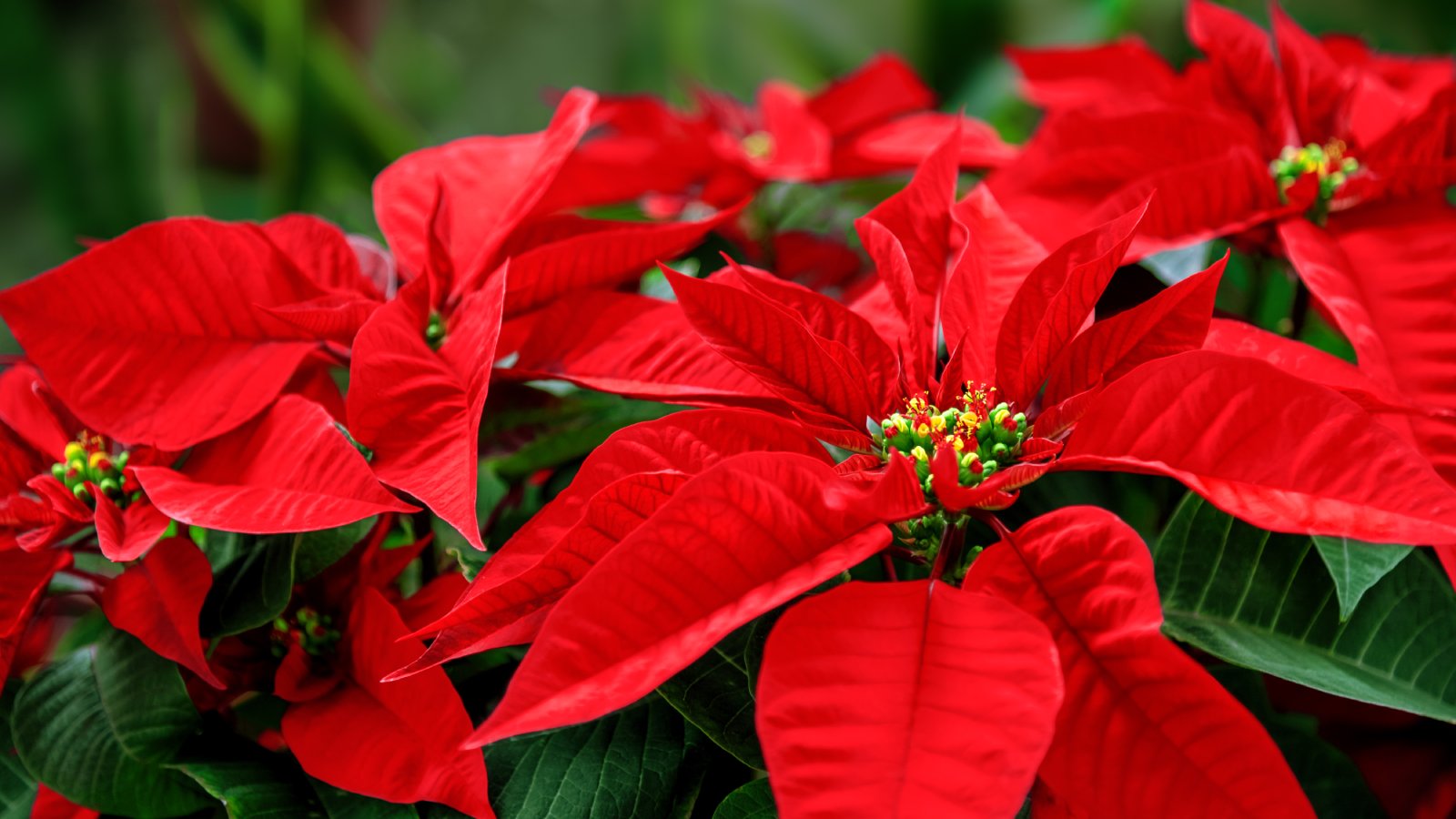

Poinsettia Quick Facts
Botanical name - Euphorbia pulcherrima
Height - 3 to 12 feet (0.9 to 3.7 meters)
Spread - 3 to 8 feet (0.9 to 2.4 meters)
Sun exposure - Partial shade
Soil requirements - Light, well-drained
Hardiness zones - 9 to 11
When to plant - late spring, anytime indoors
How do you take care of poinsettias? Carefully. These finicky short-day plants require specific growing needs in order to retain their Christmas blooms. However, with proper care, your holiday poinsettia should continue to put out blooms, or in the least remain attractive for weeks after.
Poinsettia (Euphorbia pulcherrima) is a classic holiday plant, known for its festive red bracts set against green leaves. Poinsettia care indoors for the duration of the season is easy. More challenging is growing it outdoors in the right climate or keeping it as a year-round houseplant.
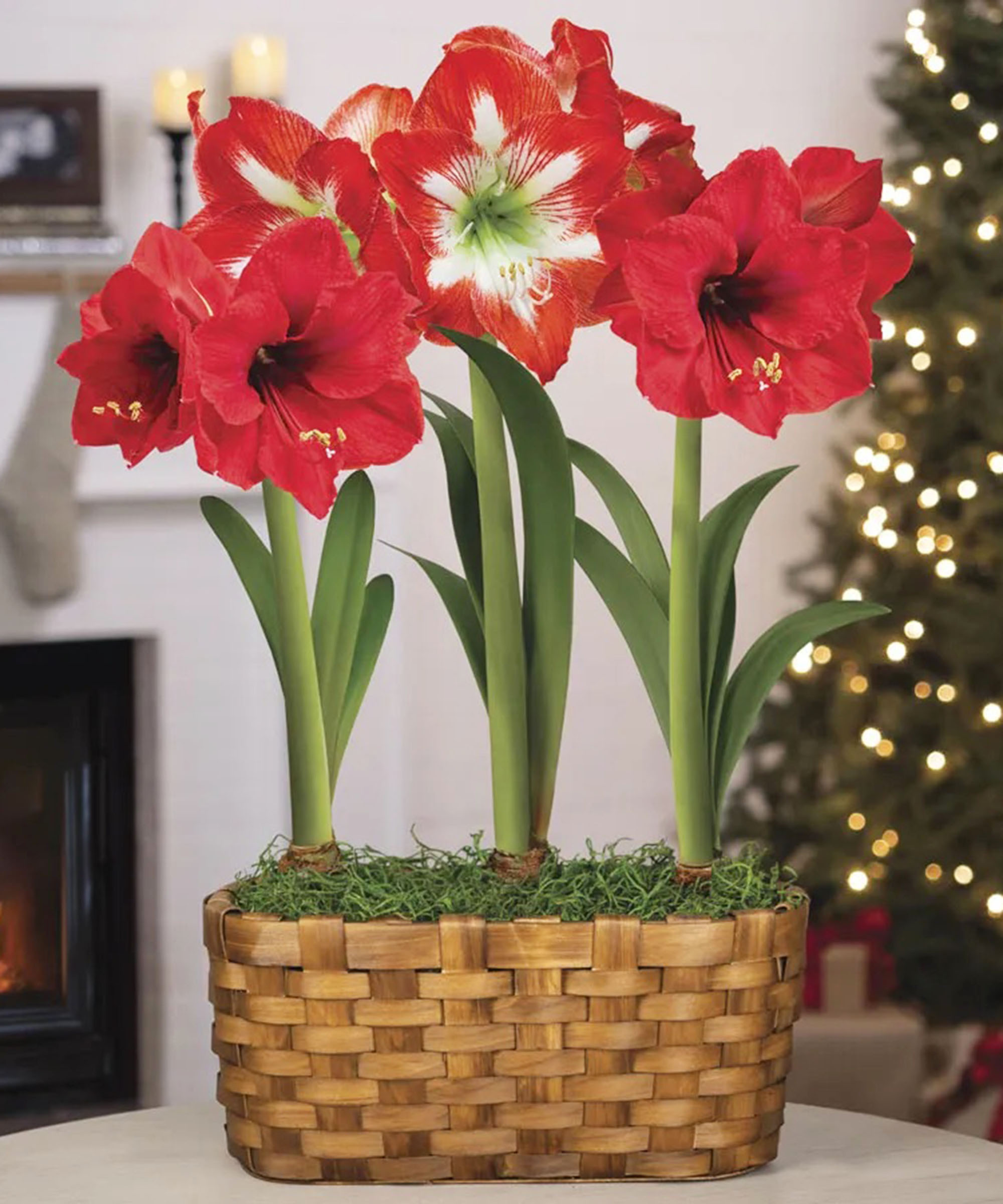
Preparing for the holidays? Check out the Gardening Know How shop for festive decorations and gifts galore!
How to Care for a Poinsettia
If you live in a climate warm enough for this tropical native, you can grow poinsettia outdoors year round.
Light
Choose a location outside for your poinsettia that gets partial shade. Be sure the spot you choose is big enough for a small shrubby tree. Potted poinsettias are small, but when grown outside, they can grow ten feet (3) tall and higher.
Water
Watering poinsettia plants is best done regularly. Poinsettias do best with consistent moisture, but they will not tolerate soggy soil. This can lead to root rot.
Temperature & Humidity
You can grow poinsettia outside in areas where the temperature rarely drops below 45 degrees Fahrenheit (7 C). Though they're associated with the holidays, poinsettia cold tolerance is actually nil. The ideal temperature range for poinsettia is between 50 and 75 degrees (10 to 24 C).
Soil
The best soil for poinsettia is light and drains well. Amend your soil if it is heavy, high in clay, or doesn’t drain readily.
Gardening tips, videos, info and more delivered right to your inbox!
Sign up for the Gardening Know How newsletter today and receive a free copy of our e-book "How to Grow Delicious Tomatoes".
Fertilizer
Use an all-purpose fertilizer with poinsettia. Apply it when you first put it in the ground. Continue to fertilize poinsettias about once a month throughout the growing season.
Pruning
The best time to prune outdoor poinsettia plants is in spring. Shaping it then will encourage the kind of growth you want for the season. Trim off any dead or broken branches and leaves. Trim branches back leaving a few leaves at the base. If you want a small, bushy poinsettia, trim branches aggressively.
Problems, Pests & Diseases
Root rot is one of the most common issues with poinsettia, and it stems from one of the most common poinsettia mistakes: overwatering. Avoid it by ensuring the soil drains and by not watering too much.
Shriveled poinsettia leaves can be caused by anthracnose, scab, Rhizopus, or Rhizoctonia. Poinsettia leaves turning yellow can be due to root rot, over-fertilization, or a mineral deficiency. Poinsettia leaf drop is often due to environmental problems, like temperature, soil type, and lighting.
Pests you might see on your poinsettia include mealybugs, whitefly, scale, and red spider mites.
Broken poinsettia stems can be rooted and, with a little luck, propagated into new plants.
Poinsettia As A Houseplant
Growing poinsettia as a houseplant is easy. Indoor poinsettia care begins with proper light, water, and temperature conditions. During the holidays, while in full bloom, they typically enjoy semi-cool, humid locations in bright, indirect light with plenty of moisture.
Water poinsettia plants thoroughly, taking care not to drown them by ensuring adequate drainage is available. Likewise, avoid letting them sit in water-filled saucers, which can lead to root rot. Adding plants nearby can help increase humidity levels in dry rooms, as will humidifiers.
How to Keep a Poinsettia Alive After the Holidays
Most people grow poinsettia as a holiday houseplant and then toss it once it has stopped flowering. Year long poinsettia care is possible, though. Knowing how to take care of it outside of the holiday season is key to getting a poinsettia to rebloom:
- Once the flowers, bracts, and many of the leaves have died and dropped off, reduce watering and let the soil dry completely.
- Store your dormant poinsettia in a dark, cool area of the house, about 50 degrees Fahrenheit (10 Celsius).
- Water infrequently, just enough to prevent the woody growth from shriveling.
- Repot the poinsettia in mid-spring.
- In the new pot, cut the stems back to about six inches (15 cm) above the soil.
- Water the poinsettia very well and set it by a sunny, warm window. Water regularly as the soil dries.
- When new growth appears, begin fertilizing the poinsettia.
- Place the pot outside when temperatures are consistently 50 degrees or higher.
- Bring the poinsettia back inside in late summer or early fall and place it by a sunny window. Continue watering and fertilizing regularly.
Poinsettia flower growth is triggered by long nights. From about October 1, ensure your poinsettia gets 13 hours of darkness per night. Any light during this period will delay flowering. Use a dark room or place a box over the pot.
Propagating Poinsettia
While planting poinsettia seeds is possible, the best method of poinsettia plant propagation is taking stem cuttings. Cut several inches off a stem and remove the lower leaves. For the best results, use a rooting hormone on the cut end and place it in a light soilless potting mix. Keep the cutting in the shade and use a cover to retain moisture. You should have transferable roots in about four weeks.
Poinsettia Varieties
Growers have developed many cultivars of poinsettia to meet the demand during the holiday season. Here are some pretty types of poinsettia plants to look for:
- Prestige Red is a classic red variety.
- Early Orion Red is a good choice for early Christmas poinsettia decor.
- Ice Punch has bright red bracts and a white center.
- Marco Polo has peachy-colored bracts.
- Mars Pink displays deep pink bracts with yellow flower in the centers.
- Mars White is a great choice for a white variety.
- Sonora White Glitter is a unique variety with white-speckled red bracts.
Are Poinsettias Poisonous?
People love to ask 'are poinsettias poisonous.' While poinsettias have a reputation for being highly toxic, this is actually a fallacy. The sap, however, can be irritating or can trigger an allergic reaction. Use gloves when pruning poinsettias for this reason.
Knowing how to look after a poinsettia after Christmas or during Christmas, indoors or outdoors, will help you enjoy these pretty plants any time of year.
This article features products available from third-party vendors on the Gardening Know How Shop.

Nikki Tilley has been gardening for nearly three decades. The former Senior Editor and Archivist of Gardening Know How, Nikki has also authored six gardening books.
- Mary Ellen EllisWriter
- Amy DraissDigital Community Manager
-
 4 Superfast Composting Methods: Turn Waste Into Garden Gold In 30 Days Or Less
4 Superfast Composting Methods: Turn Waste Into Garden Gold In 30 Days Or LessTry the fastest composting methods to turbocharge your pile and transform kitchen scraps and garden waste into finished compost in just a few weeks.
By Mary Ellen Ellis
-
 Best Spider Plant Soil – Complete Soil Guide And Expert Tips For Keeping Plants Happy
Best Spider Plant Soil – Complete Soil Guide And Expert Tips For Keeping Plants HappySpider plants are fun and easy plants to grow, but what is the best soil for a spider plant? Selecting the right soil is important so they can thrive.
By Bonnie L. Grant
-
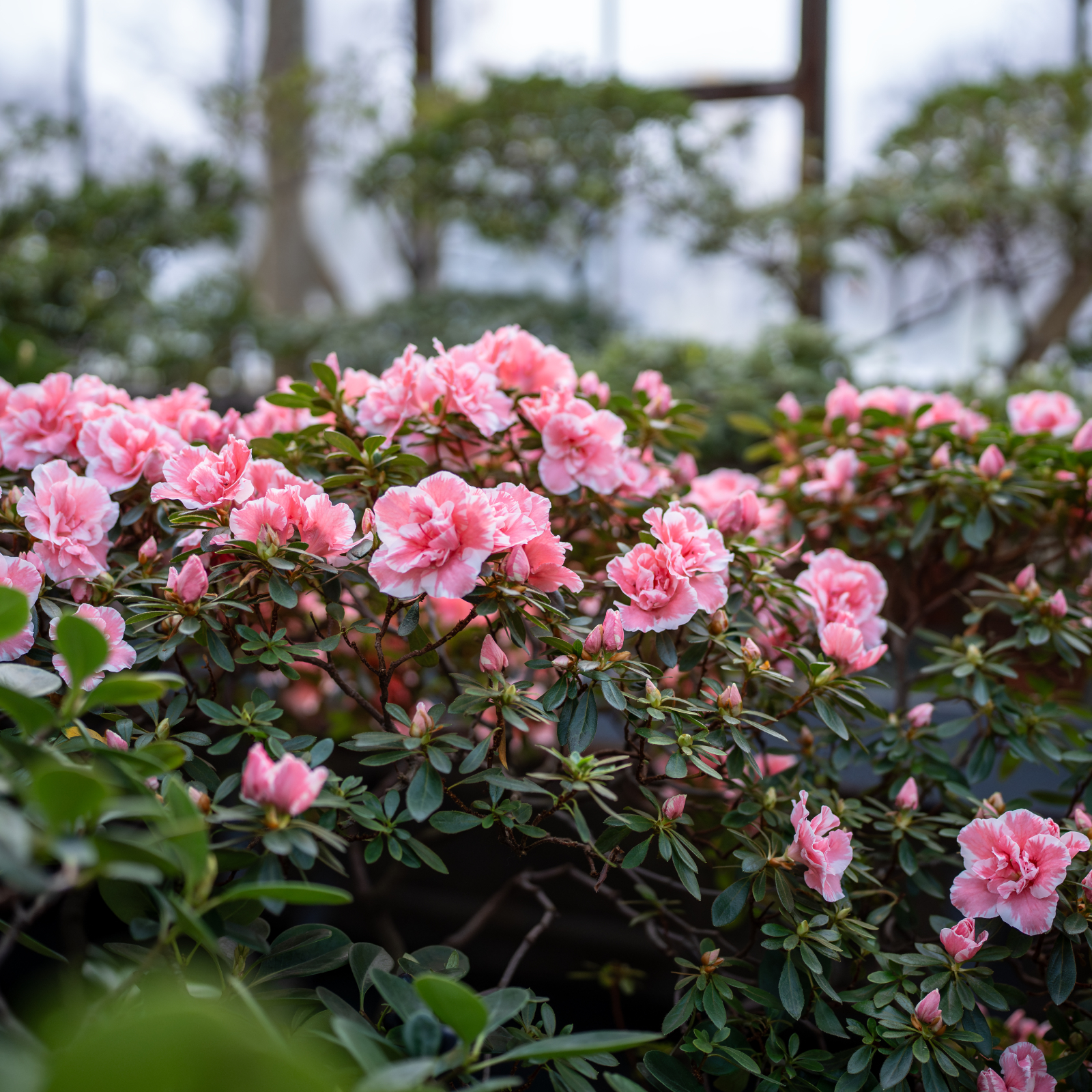 What Is The Size Of An Azalea? Explore Different Varieties That Will Suit Every Garden
What Is The Size Of An Azalea? Explore Different Varieties That Will Suit Every GardenThe size of azaleas can vary widely because they have been selectively bred for different landscape needs. Check out our picks for each size category.
By Mary Ellen Ellis
-
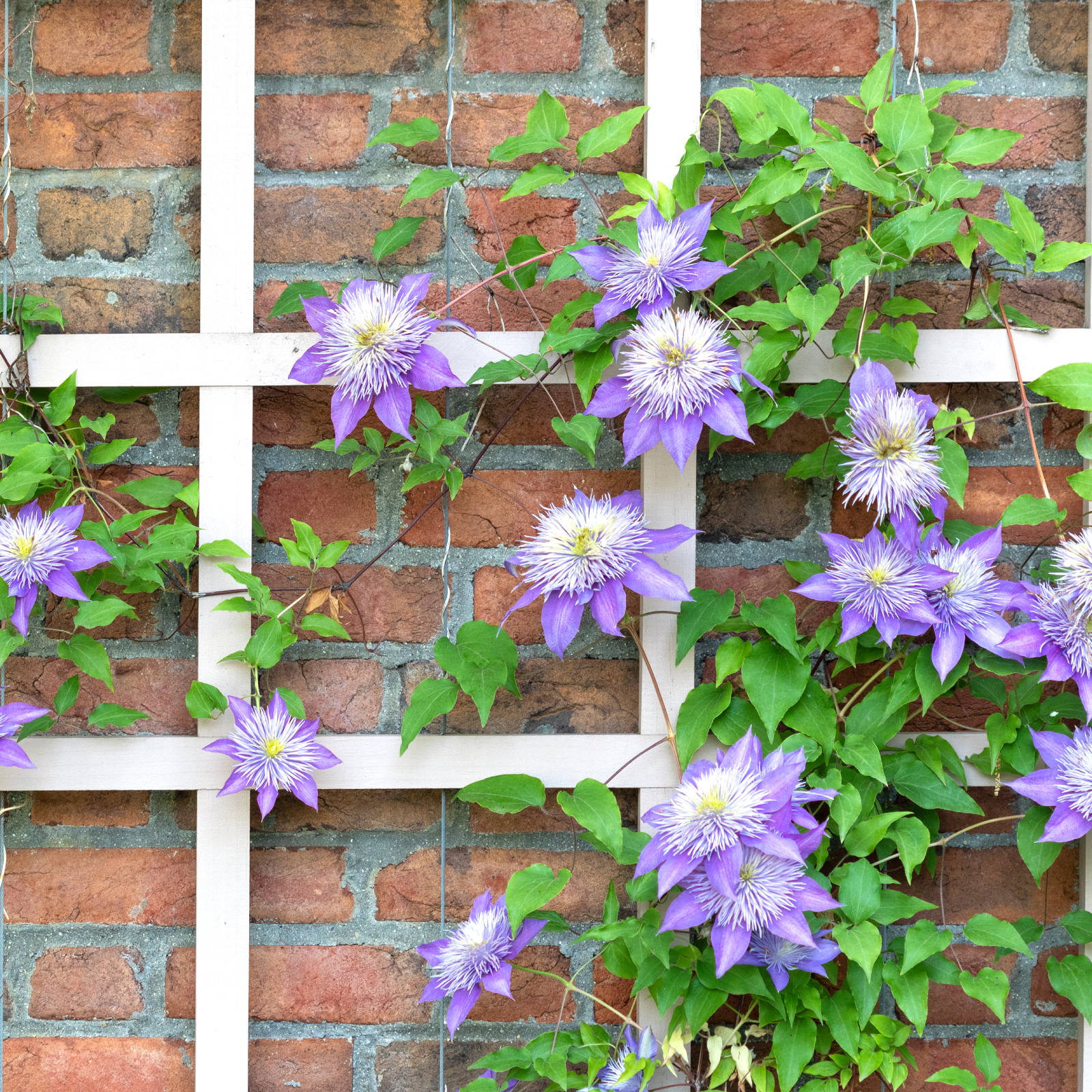 5 Fabulous Fast-Growing Vines – That Will Quickly Climb Any Arbor, Trellis, Or Fence
5 Fabulous Fast-Growing Vines – That Will Quickly Climb Any Arbor, Trellis, Or FenceThese fast growing vines are perfect for covering any eyesores in your yard or creating a living fence. They will provide great visual interest, as well.
By Amy Grant
-
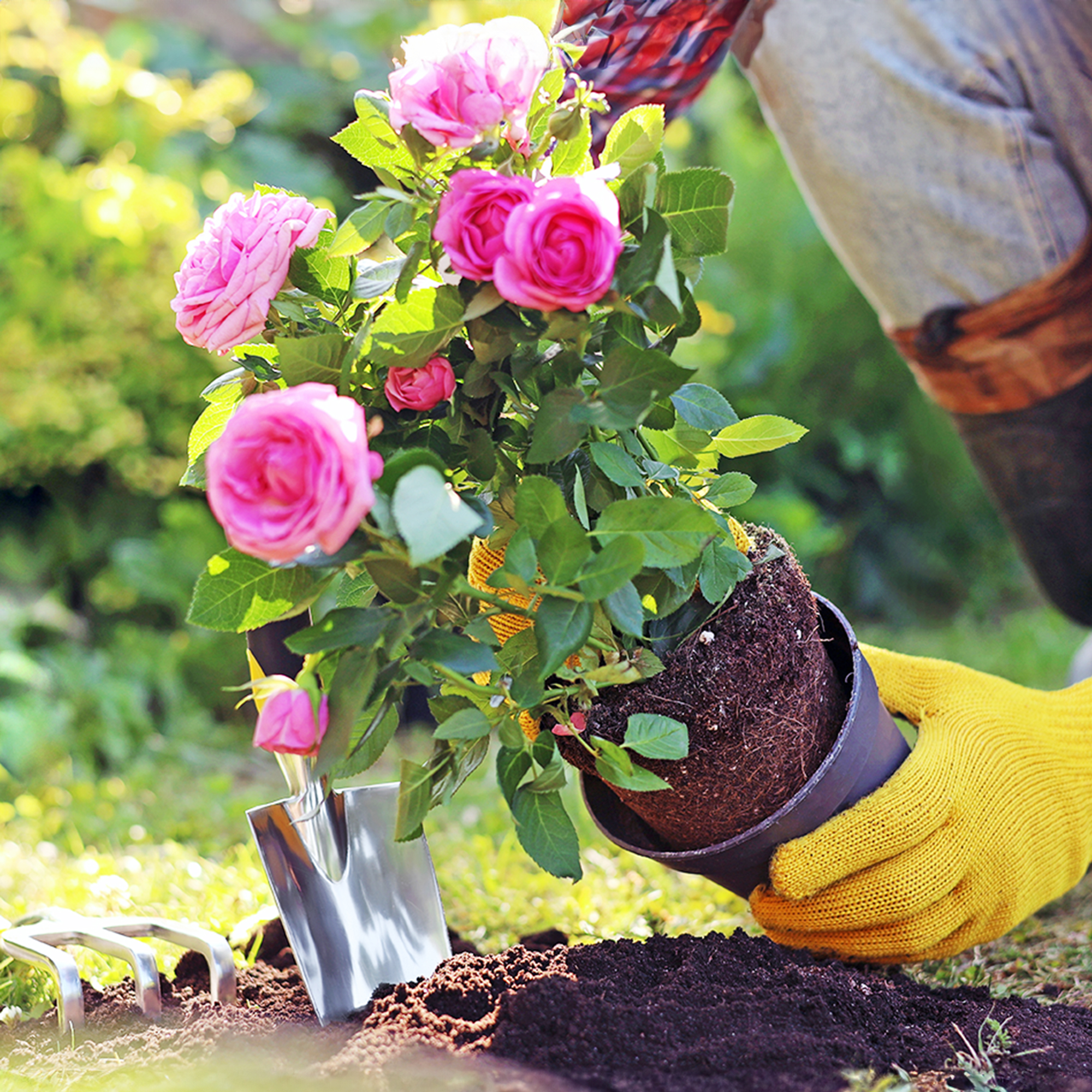 When To Plant Roses: The Best Time For Your Climate And Rose Type
When To Plant Roses: The Best Time For Your Climate And Rose TypePlant your roses at the right time and you will be rewarded with decades of glorious summer flowers – but get it wrong and you'll be crying over dead shrubs.
By Teo Spengler
-
 Spectacular Early Blooming Shrubs: 6 Sparkling Spring Flowering Bushes
Spectacular Early Blooming Shrubs: 6 Sparkling Spring Flowering BushesWant to kickstart your gardening year with dazzling spring flowering bushes for beds and borders? These unique early bloomers are sure to help you rise and shine!
By Teo Spengler
-
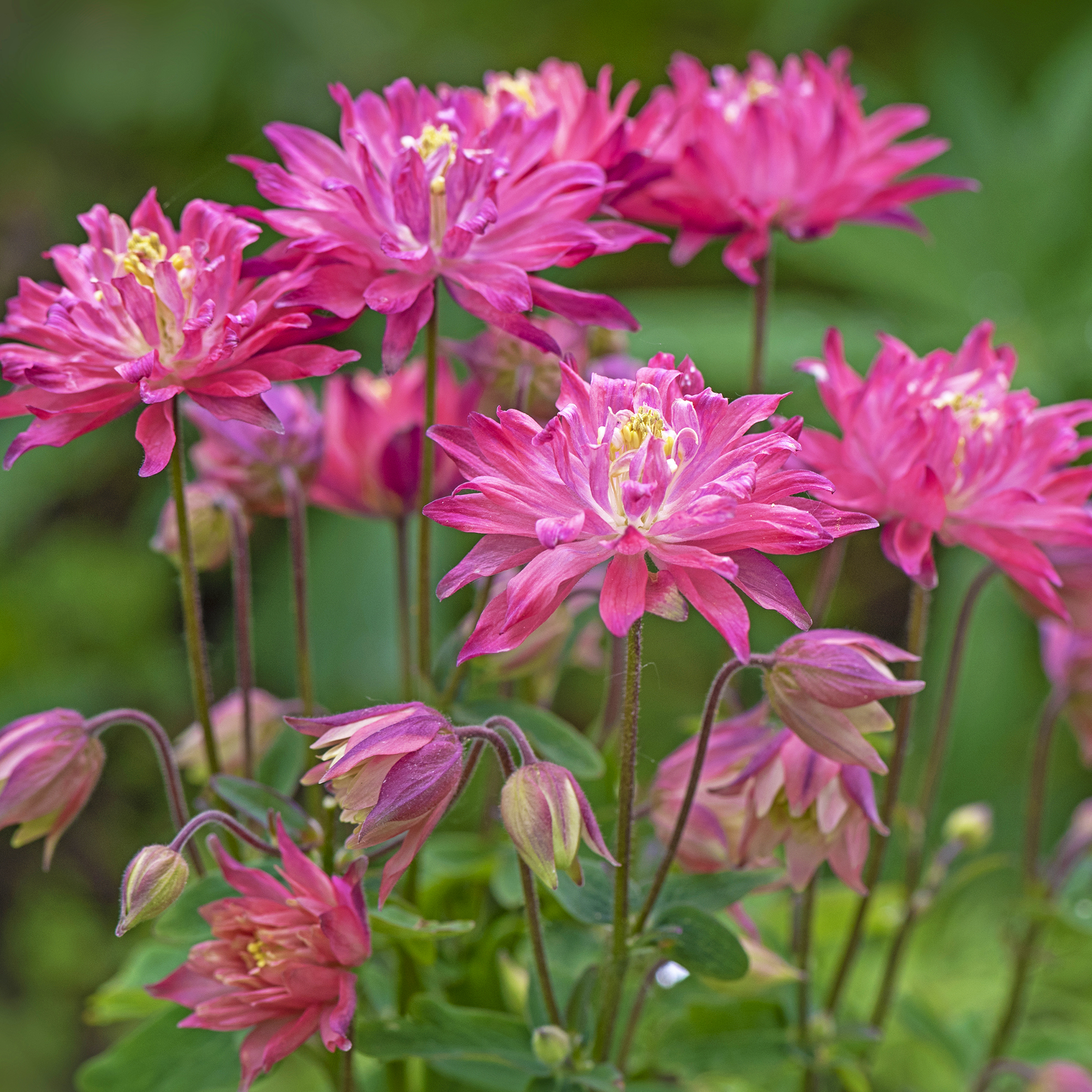 7 Shade-Loving Flowers To Start From Seed Now For A Stunning Summer Garden
7 Shade-Loving Flowers To Start From Seed Now For A Stunning Summer GardenTurn shady spots into vibrant new garden spaces with lovely and illuminating shade-loving flowers.
By Ellen Wells
-
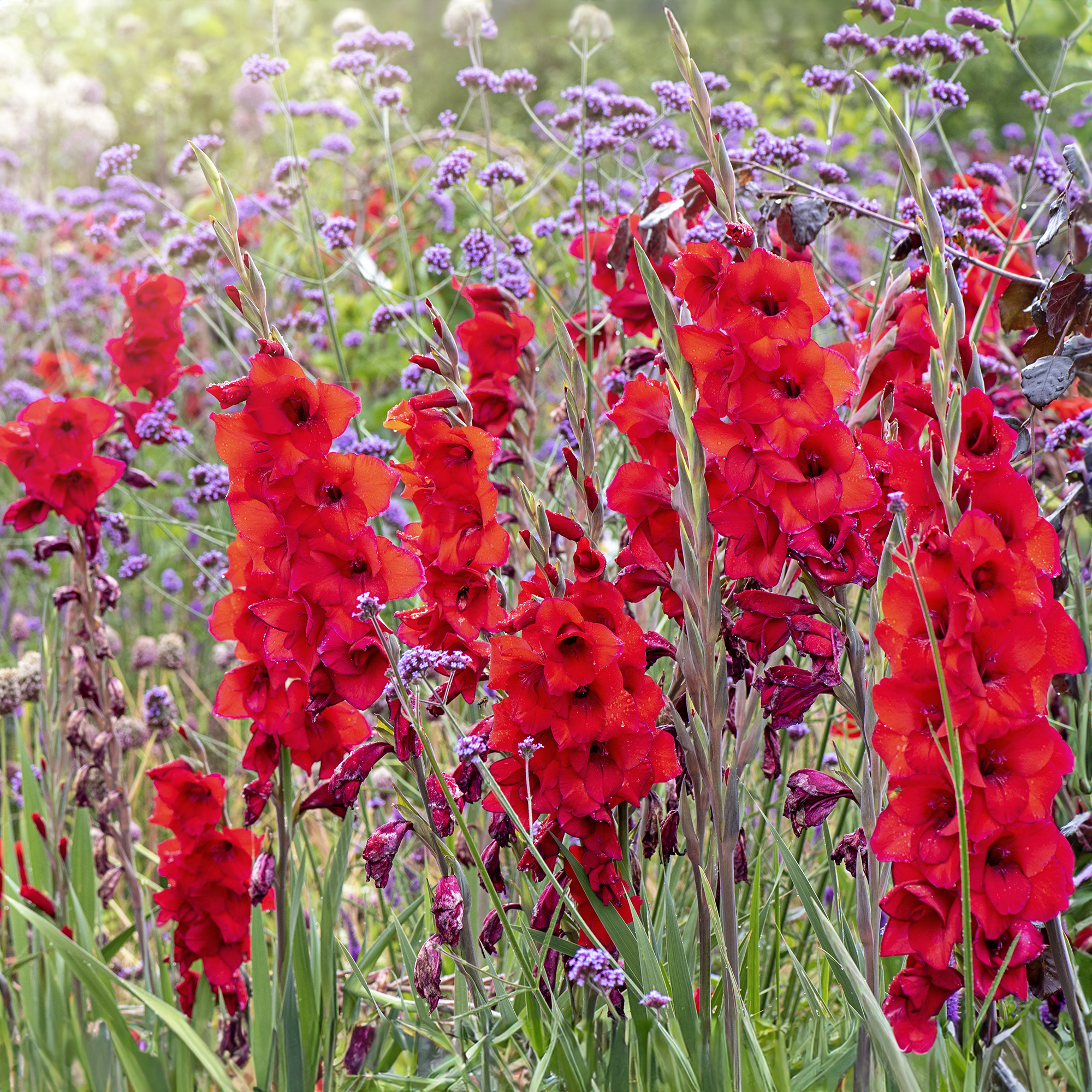 7 Summer-Blooming Bulbs To Plant In Early Spring: Don't Miss Months Of Glorious Flowers!
7 Summer-Blooming Bulbs To Plant In Early Spring: Don't Miss Months Of Glorious Flowers!Get a head start on stunning summer blooms with these easy-to-plant bulbs – act early and you will enjoy vibrant flowers that last for months on end.
By Mary Ellen Ellis
-
 Quick Fire Hydrangea – The Elegant, Easy-Care Shrub Every Gardener Needs In Their Landscape
Quick Fire Hydrangea – The Elegant, Easy-Care Shrub Every Gardener Needs In Their LandscapeIf you’re after an early flowering panicle hydrangea that offers plenty of floral variety, the Quick Fire hydrangea goes big on visual dynamics from early summer to fall
By Tonya Barnett
-
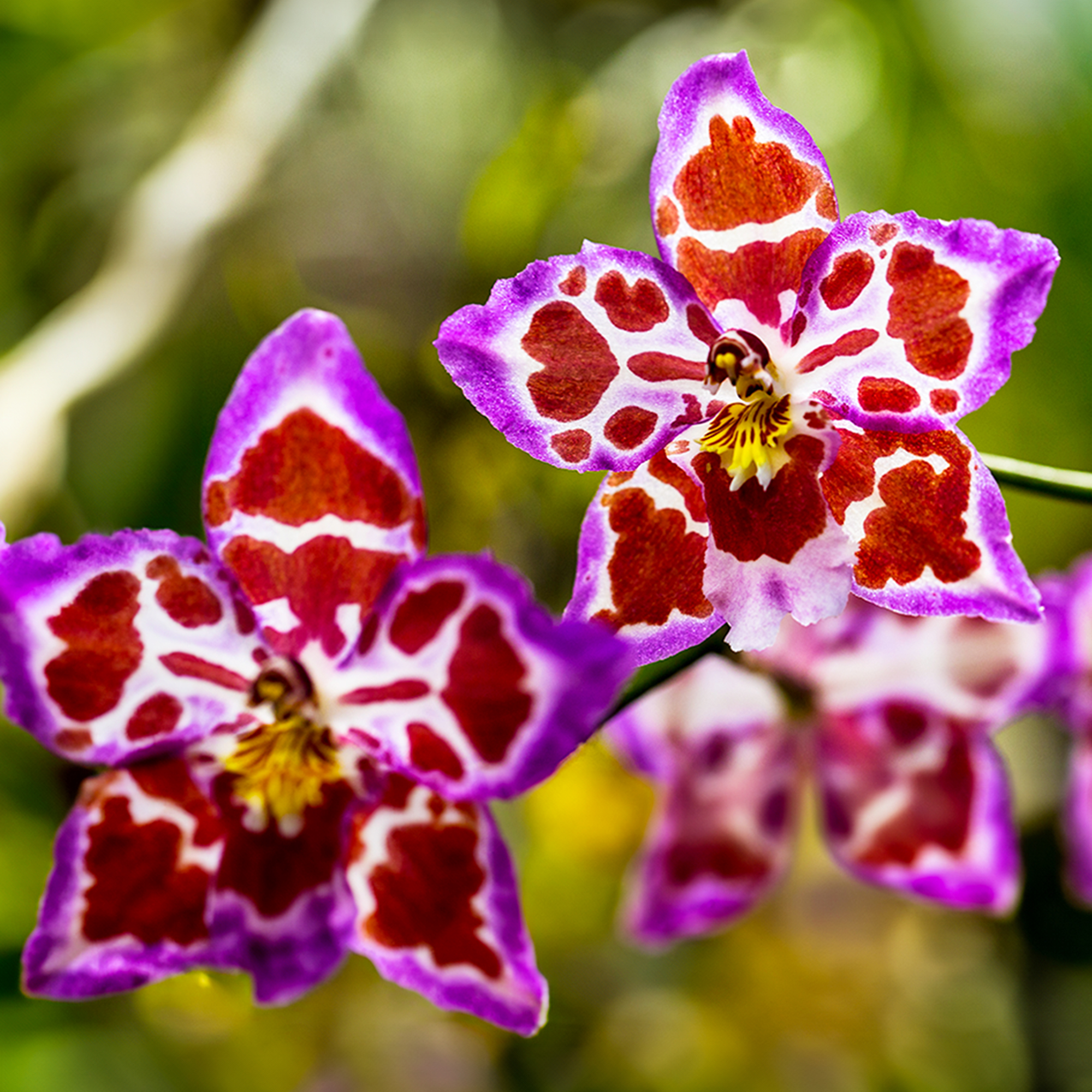 8 Rare Orchids That Make Stunning Houseplants – Some Are Surprisingly Easy To Grow
8 Rare Orchids That Make Stunning Houseplants – Some Are Surprisingly Easy To GrowDiscover unique orchids that will add exotic beauty to your home. Some make easygoing houseplants, while others offer a challenge for more seasoned growers.
By Melanie Griffiths